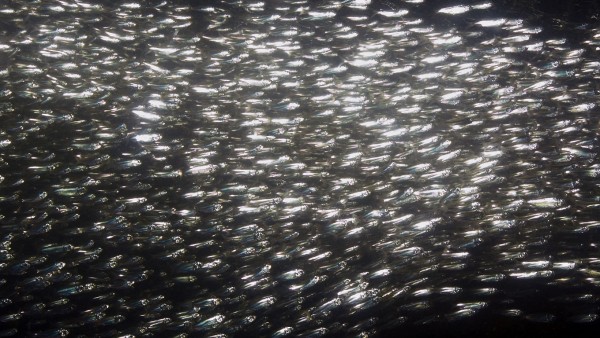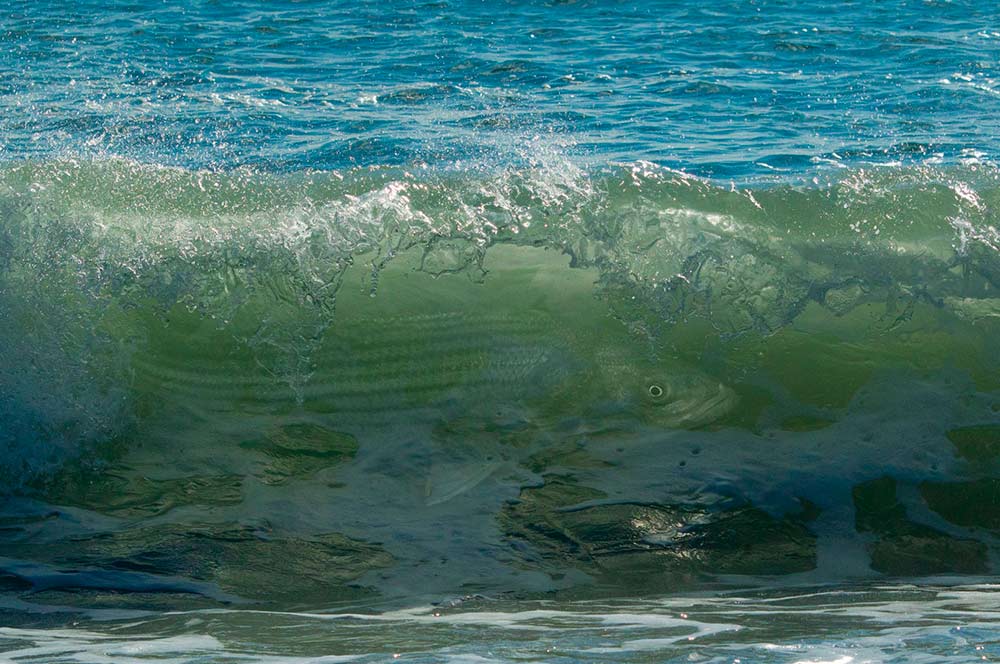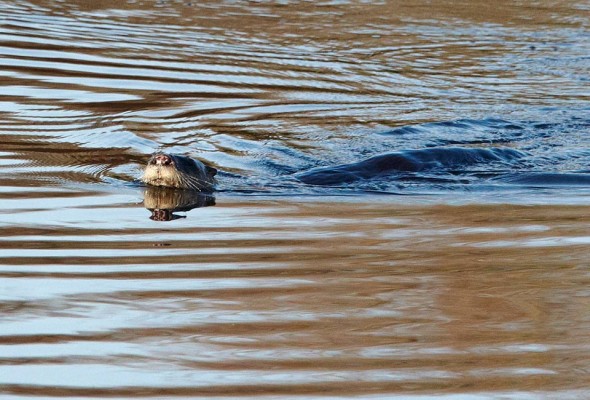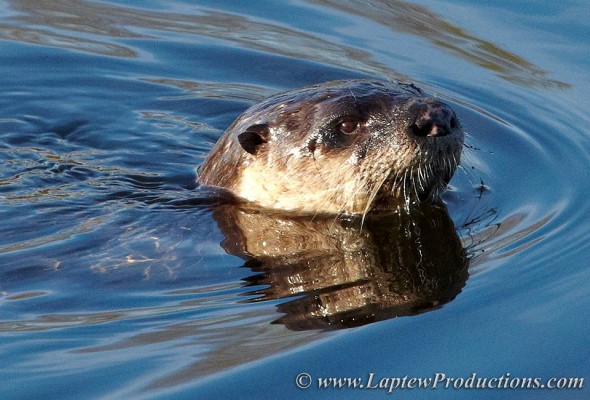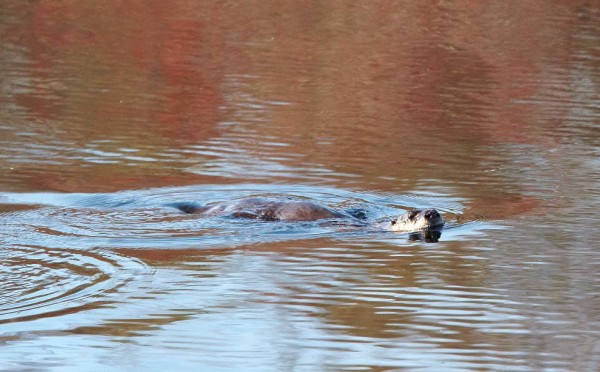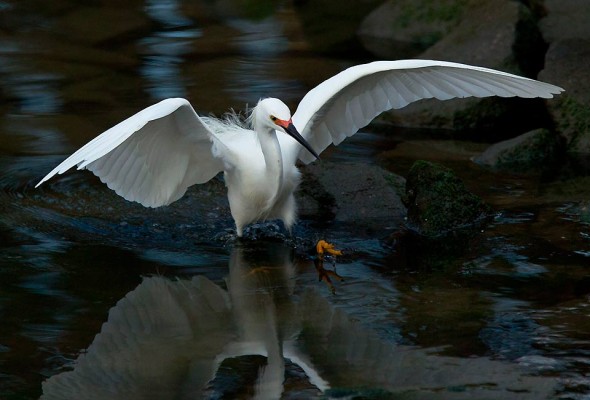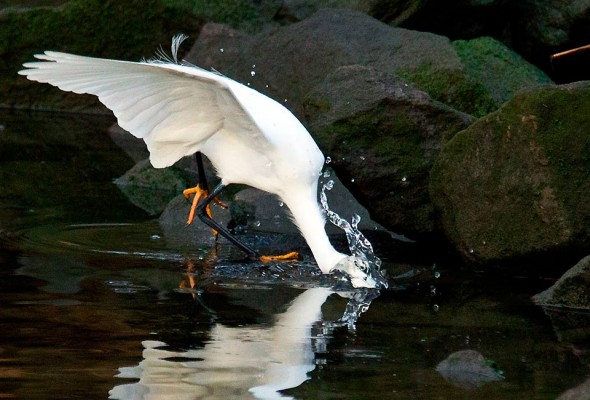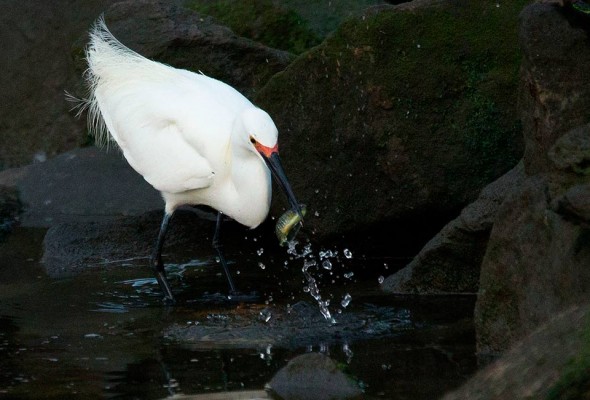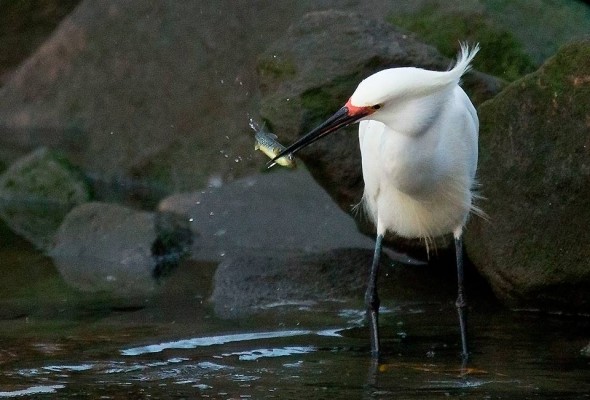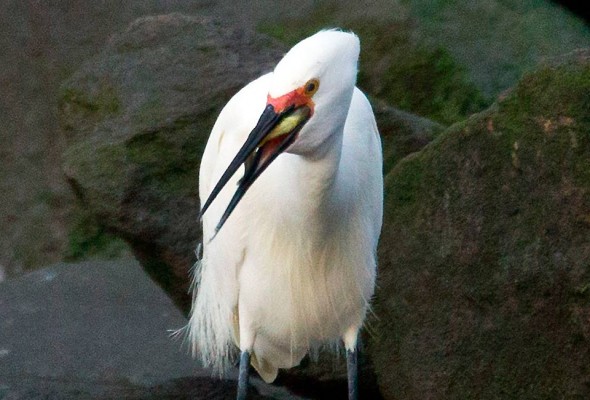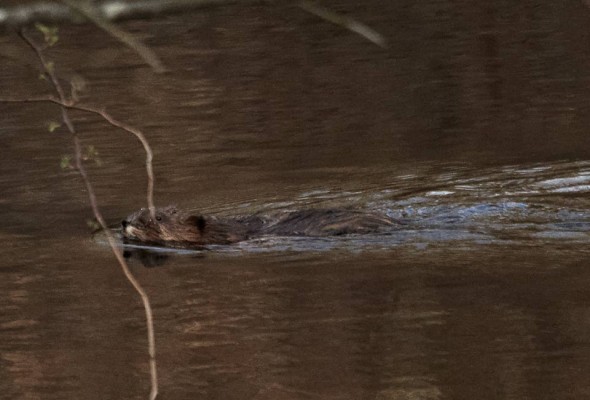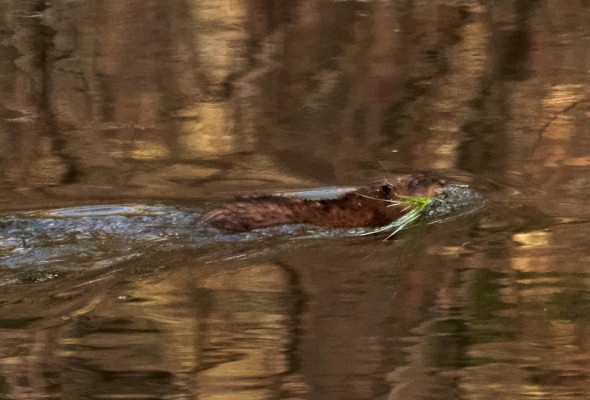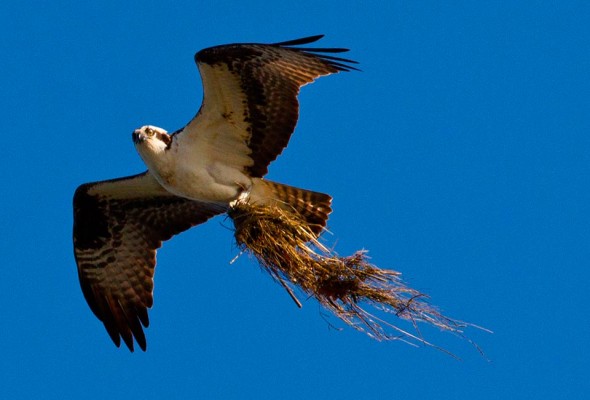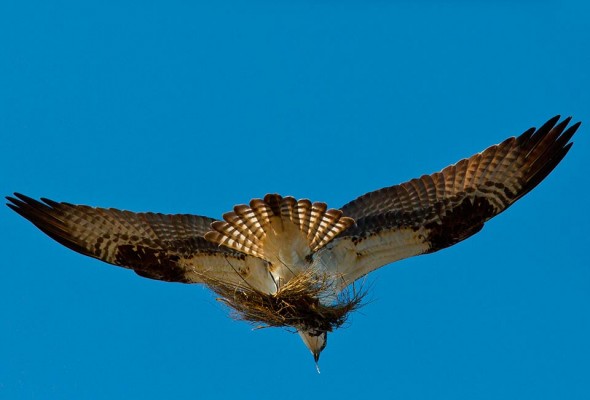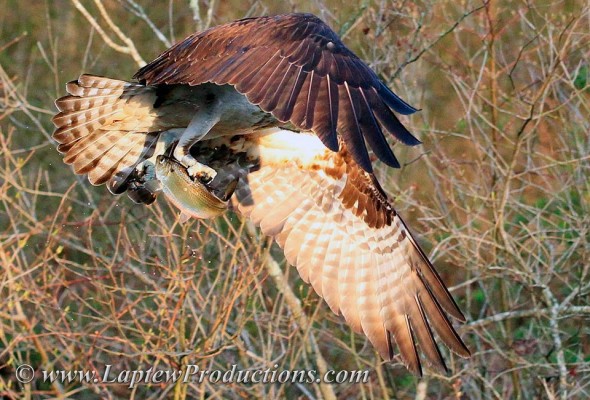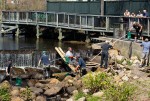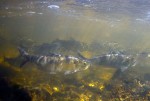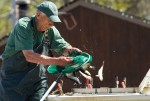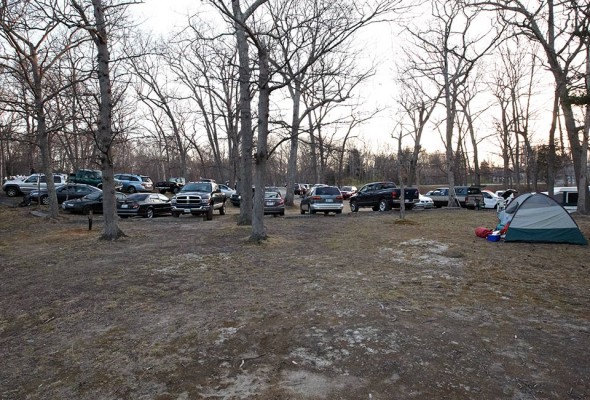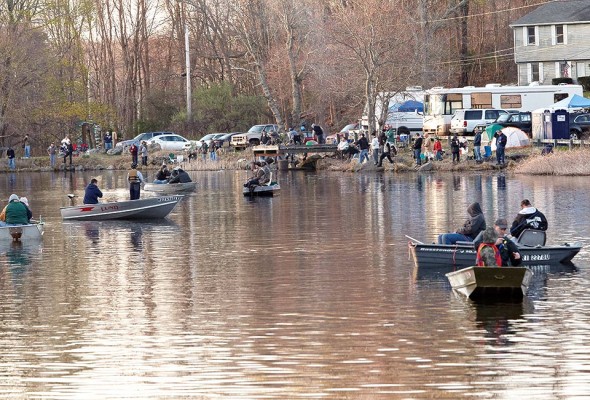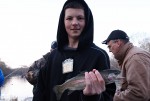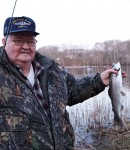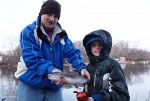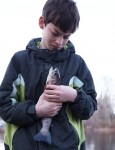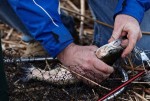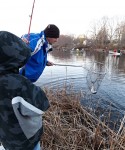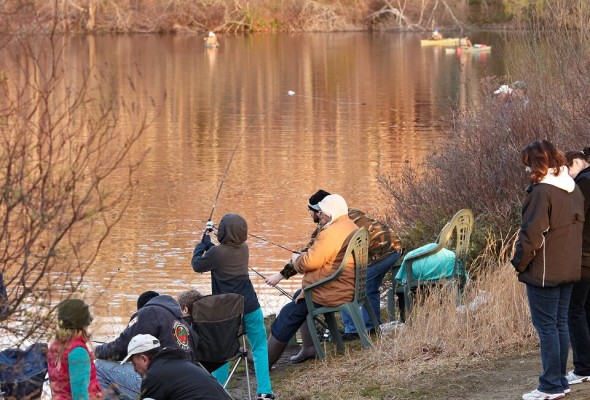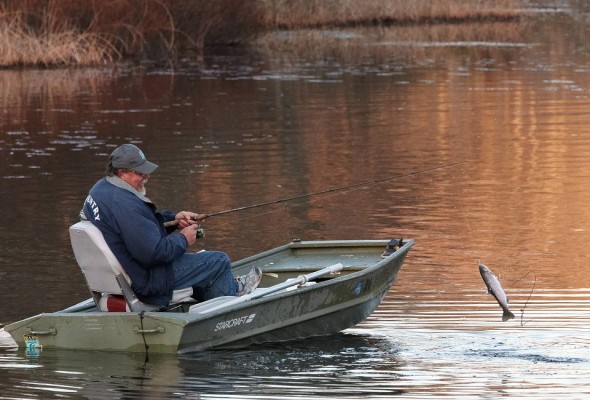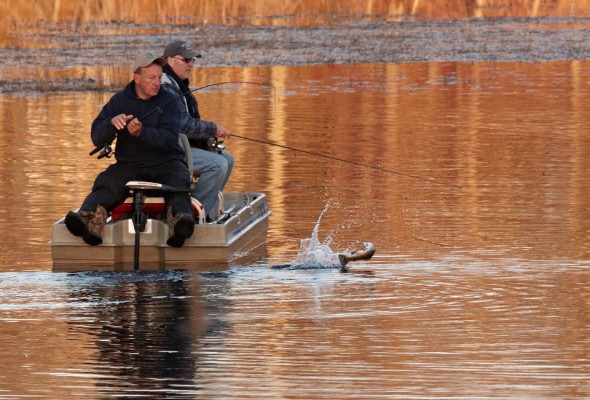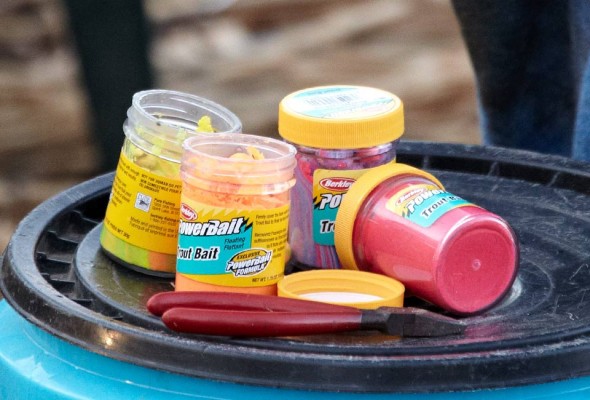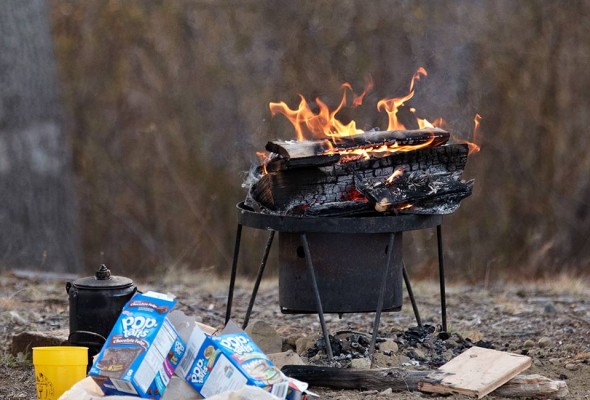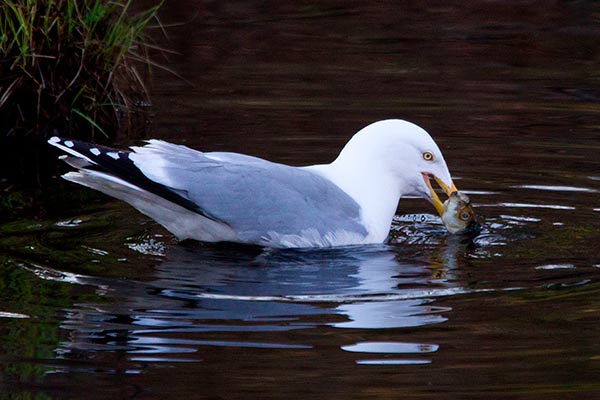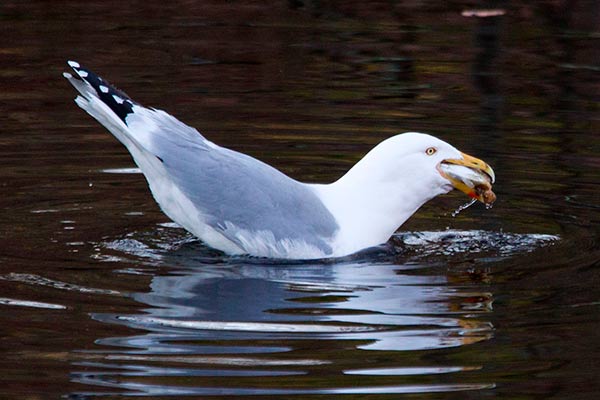Blog
A detailed look at one of the best stretches of Block Island shoreline for fishing the surf, or just getting away from the crowds. Be sure and check out the video in High Definition by changing the quality setting button.
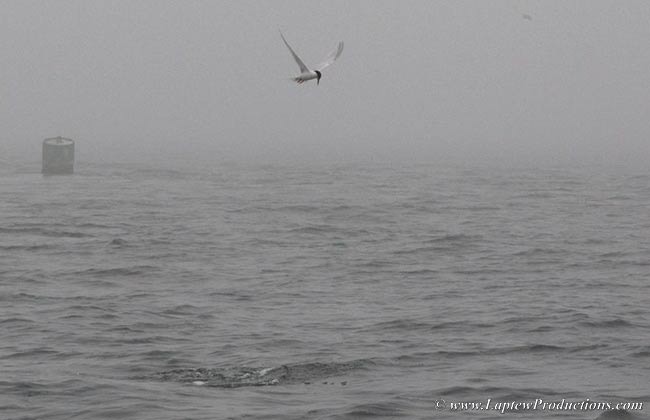
What’s better than a microburst of birds, bait and bass materializing right before your eyes? Your boat is drifting with the current through a fog covered rip line and you hear the high pitch squawking of terns just a few yards away. Could they be working over a school of fish? There they are! Is [...]
Set the quality for HD 1080P for the full experience
and consider viewing full screen
A feeding frenzy showing bay anchovies being ambushed underwater by cigar minnows and a fish-eye view of the perils baitfish face when schooling up against a breakwater. Striped bass, triggerfish, stingray, tautog, black sea bass, rudderfish are also highlighted in order to provide fishermen with a highly detailed anglers-eye view of bait.
This dive on the last day of July was simply extraordinary. I entered the water at the base of the breakwater near East Matunuck state beach and proceeded to dive the entire length of the wall, up and back. Along the way I stopped to film the “trials of life” that the hapless bay anchovies were experiencing.
I hope the video gives you a feel for what it must be like to be under constant attack from all sides. The cigar minnows are not a common sight in our waters and a lot of bathers have no idea that giant stingrays weighing several hundred pounds could be cruising right off the beach.
Each year more and more triggerfish show up and the same can be said for jacks and banded rudderfish. The tautog were along the bottom where the sand reaches the stone wall, while the bass cruised the mid-water zone looking for a quick meal. I saw flounder, lots of sea bass, cunners, snapper blues, baby peanut bunker, silversides, scup, and a host of other marine life. It was a fantastic dive, in so much as there was always something going on; it’s always nice to see a healthy ocean with lots of biodiversity.
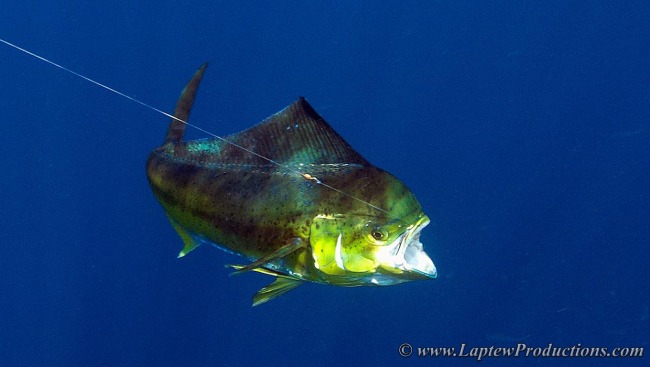
Call them mahi-mahi, dolphinfish, dolphin, dorado, bulls, chickens, or peanuts, but tie into them on light tackle and you’ll call them one amazing gamefish. Mahi are among the fastest growing fish in the sea with a short lifespan of only four or five years. They don’t match the strength of a tuna, wahoo, amberjack, Cubera, [...]
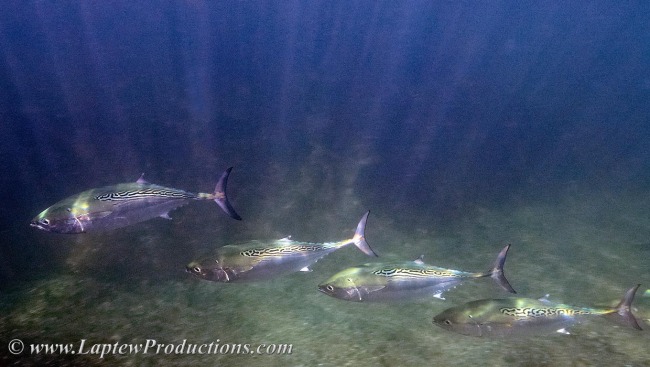
Call them false albacore, little tunny, fat albert, albies, funny fish, or as New Englanders refer to them, “Apple Knockers.” But don’t confuse them with bonito and bring them home to eat. These amazing game fish are members of the tuna clan and can reach speeds of up to 40 miles per hour. This slide [...]
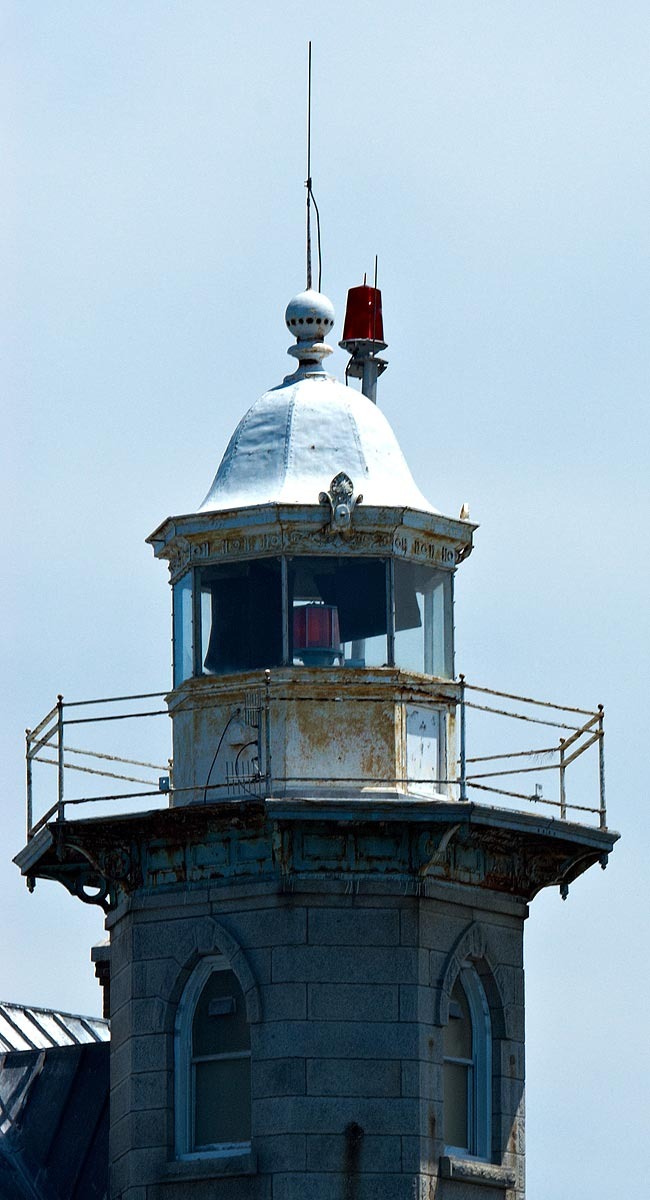
Hunt for Game Fish – Above & Below Water Thursday, July 12, 2012 I met up with Captain Wayne Wood at Barn Island, Stonington, CT After transferring my equipment to the “4-ME”, a 27′ Conch center console, we shoved off with high hopes for a productive day of filming, diving and fishing around Fishers Island [...]
Free Seminar
Wednesday, July 25 at 6:30 p.m.
North Kingstown Free Library, 100 Boone St.
Underwater photographer and videographer Mike Laptew will present a high definition, multi-media presentation highlighting the saltwater game fish of Rhode Island, as well as techniques for catching them. Laptew has been diving the Ocean State for over 50 years and his unique, fish-eye perspective seminars have delighted audiences for over two decades. The show will feature breathtaking close-ups of striped bass, bluefish, tautog, fluke, false albacore, and many different species of bait fish. This is a presentation the whole family will enjoy.
Free, but space is limited. Please reserve your seat by contacting Tracy Kennedy at
(401) 874-6800 or e-mailing tkennedy@gso.uri.edu.
This lecture is part of the annual Community Lecture Series sponsored by Rhode Island Sea Grant, the URI Nutrition and Food Sciences Program, the URI College of the Environment and Life Sciences, and the R.I. Coastal Resources Management Council. This lecture is also sponsored by the North Kingstown Free Library.
______________________________________________
Laptew Chronicles
Rhode Island’s Web of Life
Part 1
River Otter
River otters can live 10 to 20 years. These three and half to four foot long mammals depend on clean water and a healthy supply of fish, frogs, snakes, mice, birds, crayfish and mussels.
River otters digest and metabolize food so quickly that food passes through their intestines within an hour.
Click to enlarge any of these images
Snowy Egret
The snowy egret stalks the marshes, coves and rivers for small bait fish such as mummichog, spearing, sand eel or sand lance
Muskrat
These semi-aquatic rodents feed primarily on aquatic plants and they can be found in slow-moving-streams, coastal and freshwater marshes, lakes, ponds and swamps.
They are prodigious and can produce up to 3 litters per year, each with 6 to 7 young. Breeding takes place from late March through July.
Osprey – The Fish Hawk
When the ospreys return to Rhode Island they start tidying up their nests with sticks and grass. Osprey mate for life and return to the same nest year after year.
River Herring
Alewives and blueback herring have an enormous impact on the environment and they are a vital component to the food chain.
A group of volunteers help the Rhode Island Dept. of Fish of Wildlife scoop out and transport herring to an aerated truck. These herring will be transferred to the Pawcatuck watershed where they will fortify 1300 acres and 8 stream miles.
Check back for Rhode Island’s Web of Life – Part 2
Trout Fishing Action – Silver Spring Lake, North Kingstown
The 2012 RI trout season started at the crack of dawn on Saturday, April 14 and this popular North Kingstown fishing hole was loaded with anglers and fish.
The action was fast and furious as the sun started to climb above the trees. Every stretch of open shoreline was lined with kids and adults eager to catch their limit of trout.
It was estimated that 20,000 anglers would participate in the annual ritual known simply as “Opening Day.”
Silver Spring is stocked with trout from the nearby Lafayette hatchery where over 120,000 pounds of trout are raised each year.
Within minutes of the start of the 2012 season trout were being hauled in right and left.
The quality and size of the fish had everyone smiling.
Click on any image to enlarge

